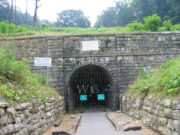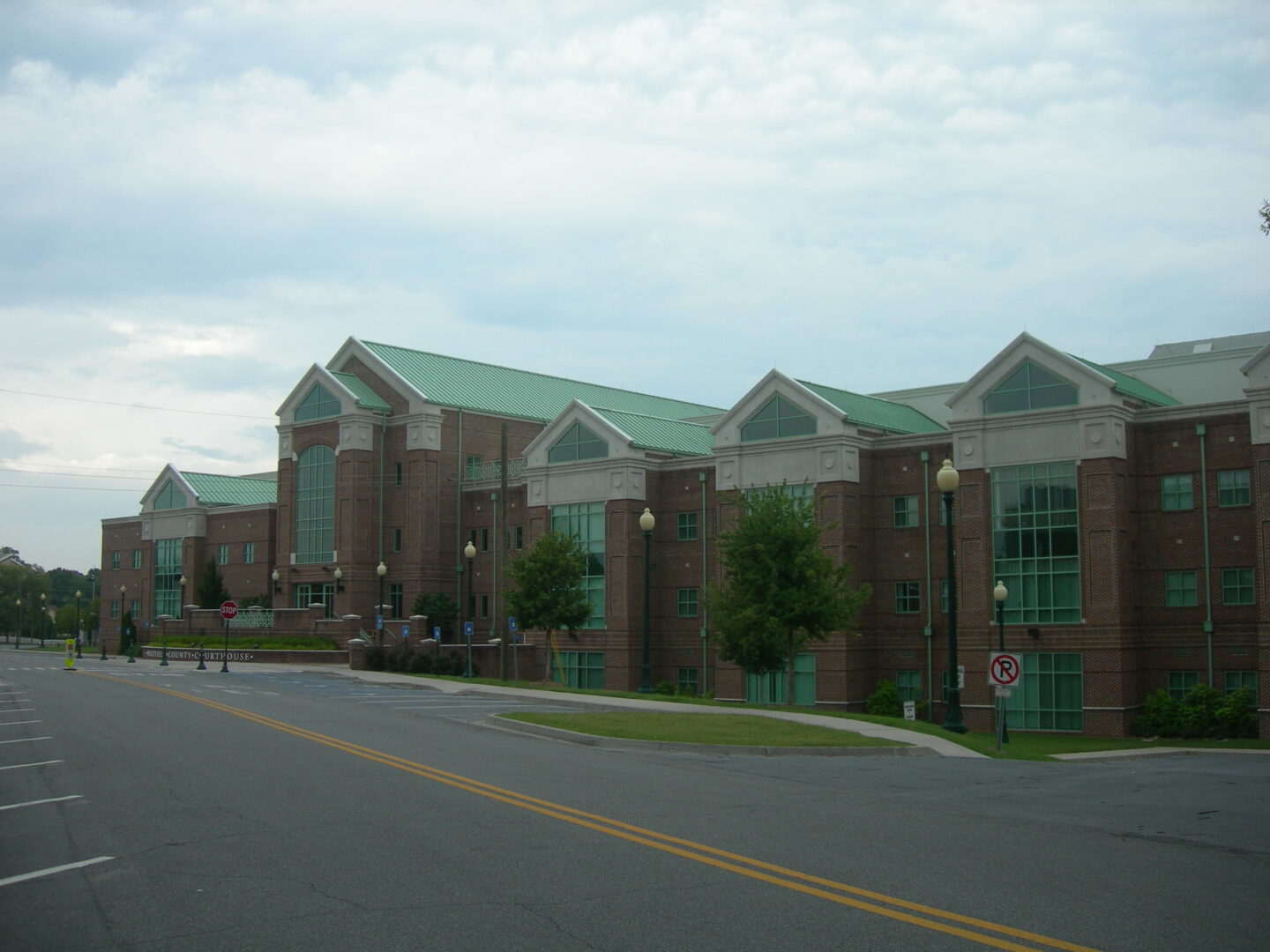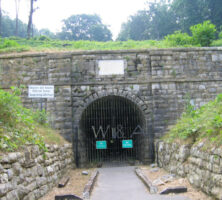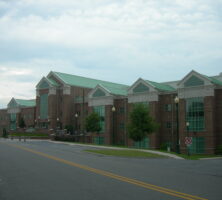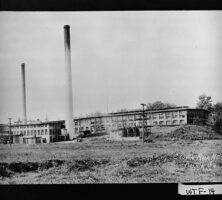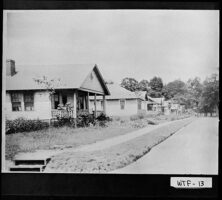Whitfield County is located in northwest Georgia at the southern end of the Appalachian Mountains, about thirty miles south of Chattanooga, Tennessee, and eighty miles north of Atlanta. It shares a northern border with Tennessee and covers nearly 290 square miles.
The county was formed from part of Murray County in 1851 and named for the Reverend George Whitefield, an Englishman who first visited Georgia in 1738. Whitefield created the Bethesda orphan house near Savannah in 1740. In writing the act that created the county, the state legislature omitted the “e” in “Whitefield,” to reflect the correct pronunciation of the name.
Early History
Hernando de Soto encountered the principal city of the large chiefdom of Coosa near Whitfield County, at the present-day Little Egypt archaeological site, in 1540. Cherokee Indians inhabited the land that forms Whitfield County when the first white inhabitants, Indian traders, arrived. Among them was Nathan Hicks, who married a Cherokee woman and settled on the Hiawassee River. Their well-educated son, Charles Hicks (born in 1767), established a home nine miles northwest of Dalton and served as the Cherokee interpreter to the U.S. government for thirty years. In 1827 he died at the age of sixty, only two weeks after becoming principal chief of the Cherokees.
The United States signed a treaty with the Cherokees in 1798, guaranteeing their rights to the land in north Georgia that included Whitfield County. In violation of that treaty, however, the state of Georgia claimed authority over the area in 1828. In 1838 the U.S. government, pressured by the state, removed the Cherokee Indians from their lands in Georgia to a reservation in Oklahoma. The forced march from Georgia became known as the Trail of Tears, owing to the number who died along the route.

Even before the removal was complete, the Georgia legislature organized Cherokee County and held a land lottery for white settlers in 1832. Several months later, the legislature created Murray County from Cherokee County. In the 1830s Cross Plains was the primary settlement, which was absorbed into the town of Dalton in 1847. Edward White, a New York merchant, named the town he founded after his mother and grandfather, Mary Dalton White and Tristram Dalton, respectively. White laid out the streets in Dalton and donated land for a park and churches.
The arrival of the railroad and resulting prosperity prompted the legislature to carve Whitfield out of Murray County in 1851, and Dalton was named the county seat. The thriving community supported Prater’s Mill, which was built in 1855 and offered various milling services, a wool carder, a cotton gin, a general store, and a blacksmith shop. Today the mill building, which was added to the National Register of Historic Places in 1978, is open to the public during the Prater’s Mill Country Fair, held each October. In addition to Dalton, the other incorporated cities in the county are Cohutta, Tunnel Hill, and Varnell.
Civil War and Reconstruction
The area’s prosperity, combined with the presence of very few enslaved people, led two of the county’s three delegates to vote against secession. During the Civil War (1861-65), Dalton and other areas of Whitfield County stood in the path of Union general William T. Sherman’s Atlanta campaign. After arriving with reinforcements for Union troops at Lookout Mountain and Missionary Ridge in the winter of 1863-64, Sherman was put in charge of the Army of the Cumberland and 100,000 men. His initial move into Georgia pushed a disarrayed Confederate army into Dalton. After Confederate general Braxton Bragg resigned, Joseph E. Johnston replaced him at the head of the 50,000-man Army of the Tennessee. Johnston immediately established strong defenses on the mountains north and west of Dalton and camped for the winter and spring at Tunnel Hill, the city named for the nearby 1,477-foot railroad tunnel dug through Chetoogeta Ridge.

While one-third of his men tried to outflank Johnston in the mountain passes, Sherman moved against Dalton and pushed Confederate troops out of Tunnel Hill, where he set up headquarters at the home of a Unionist. Sherman’s flanking maneuver worked and forced Confederate troops to retreat to Resaca in May 1864. The county was devastated by thirteen battles or skirmishes, including those at Crow Valley, Mill Creek Gap, Resaca, Rocky Face, and Tunnel Hill. Union troops also destroyed much of Dalton, and today the city claims the only standing monument to Johnston. In 2000 the Georgia Civil War Commission purchased the Resaca battlefield site, a tract of 508 acres shared by Gordon and Whitfield counties.
During the 1870s Mormon missionaries arrived in the area. One of them, Joseph Standing, was murdered in 1879 in Varnell, near Dalton, by citizens of Catoosa and Whitfield counties who saw the missionaries as a threat to their communities. Standing is commemorated in Joseph Standing Memorial Park in Varnell.
Economy
The economy of Whitfield County suffered during Reconstruction but improved with the opening of the Crown Cotton Mill in Dalton in 1884. The cotton mill was the first large-scale manufacturing plant in that part of Georgia. By 1916, 1,000 employees operated 50,000 spindles and 1,200 looms. The mill pushed economic and industrial growth in north Georgia, while thousands of white farmers moved from the country to the mill village.

The Great Depression and the General Textile Strike of 1934 dealt severe blows to the Crown Cotton Mill, which managed to stay in operation until 1969. Modern Dalton still testifies to the strong legacy of the carpet and textile industries. As a leading industrial center in the country, the city confidently proclaims itself the “Carpet Capital of the World.”
Carpet manufacturing in Dalton has its roots in the tufted bedspread industry. In the late nineteenth century Catherine Evans Whitener began producing bedspreads using the old craft of “candlewicking” or tufting. The demand for her products led to the growth of a cottage industry by the 1920s, and twenty years later the industry had become mechanized with specialized machine shops producing a range of new products, including rugs.
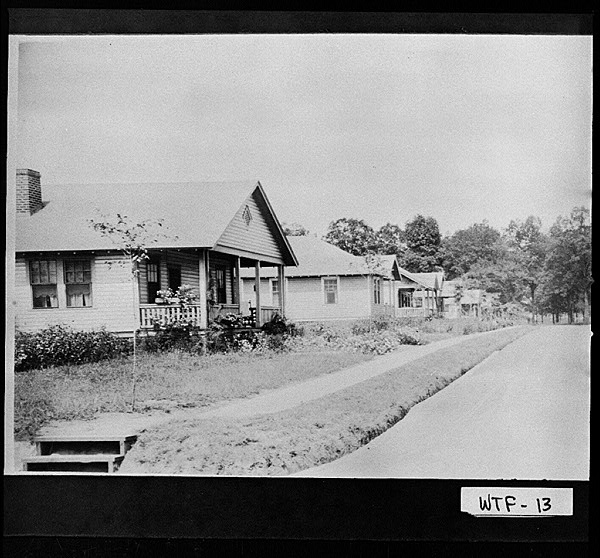
Unlike northern manufacturers who produced woven wool rugs, the industry in Dalton produced tufted cotton rugs at much cheaper prices. The industry boomed with the introduction of durable synthetic fibers. By the end of the twentieth century, 80 percent of the carpet produced in the United States, and more than 70 percent of the world’s carpet, was produced by four companies located in Georgia, three of them—Beaulieu of America, Mohawk, and Shaw Industries —located in Dalton.
Immigration and Education
During the 1980s and 1990s, large numbers of Hispanic immigrants moved to Dalton to fill jobs in the carpet manufacturing industry. By 2000 Hispanics comprised 22.1 percent of the county’s population, and almost half the students in Dalton’s schools were Hispanic.
In the mid-1980s Dalton resident and Mexican native Teresa Sosa established an annual parade to celebrate Mexico’s Independence Day, which falls on September 16. In 2008 around 200 people participated in the twenty-fifth anniversary of the parade, while hundreds more gathered to watch.
The influx of so many Spanish-speaking students strained the resources of the Dalton-area schools. This problem came to the attention of Erwin Mitchell, a local lawyer. In 1997, with the help of Robert Shaw, of Shaw Industries, and partners at Mexico’s University of Monterrey, Mitchell established the Georgia Project, a pioneer program to promote bilingual education in Dalton’s public schools. The Georgia Project brought Spanish-speaking teachers to Dalton to assist with the burgeoning Hispanic population in the city’s schools and sent Dalton teachers to Mexico to learn Spanish. With this initiative and others, Dalton sought to smooth the process of globalization for the community.
In addition to the public schools, the county supports Dalton State College, a unit of the University System of Georgia chartered in 1963.
According to the 2020 U.S. census, the population of Whitfield County was 102,864.


